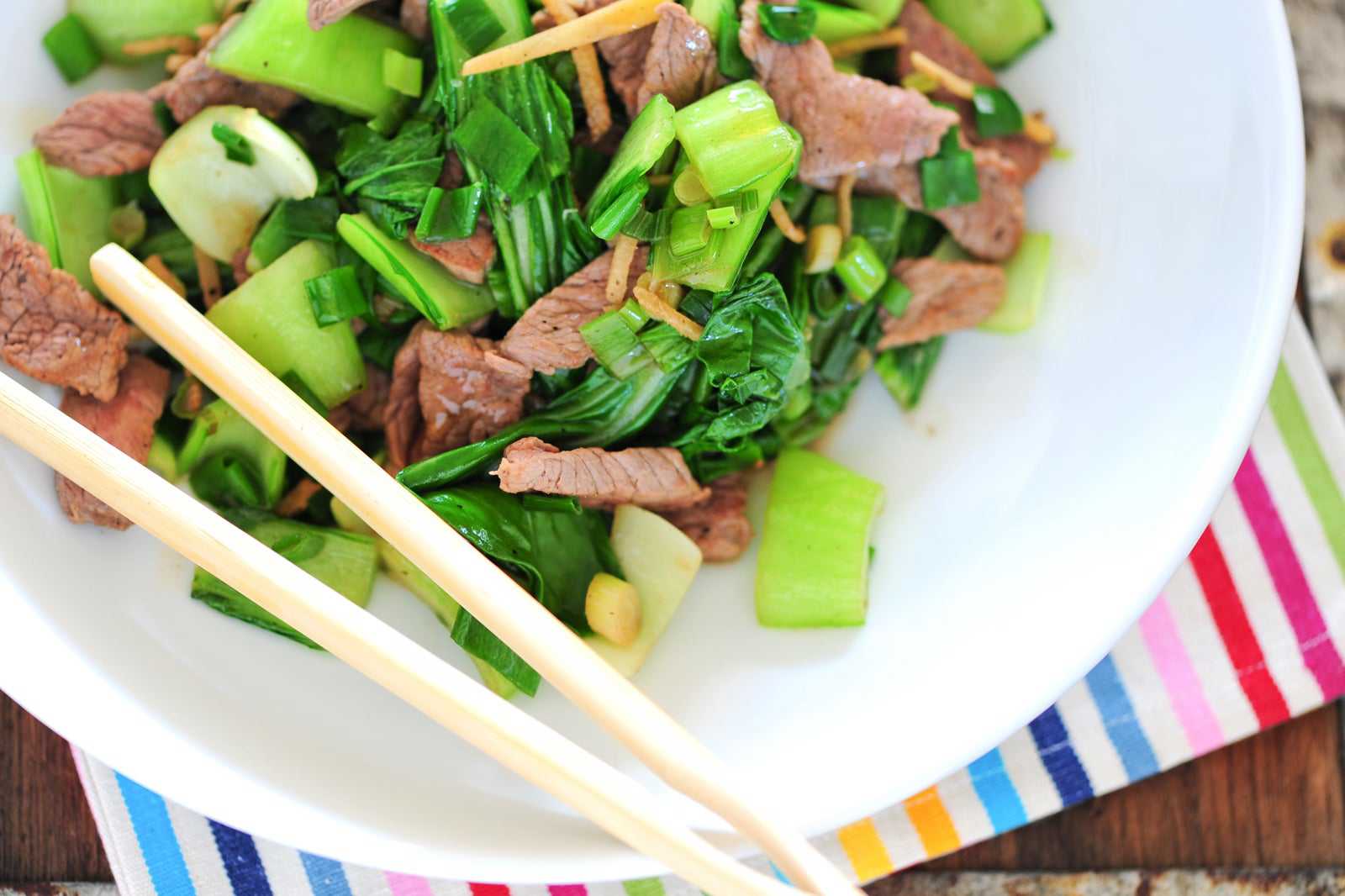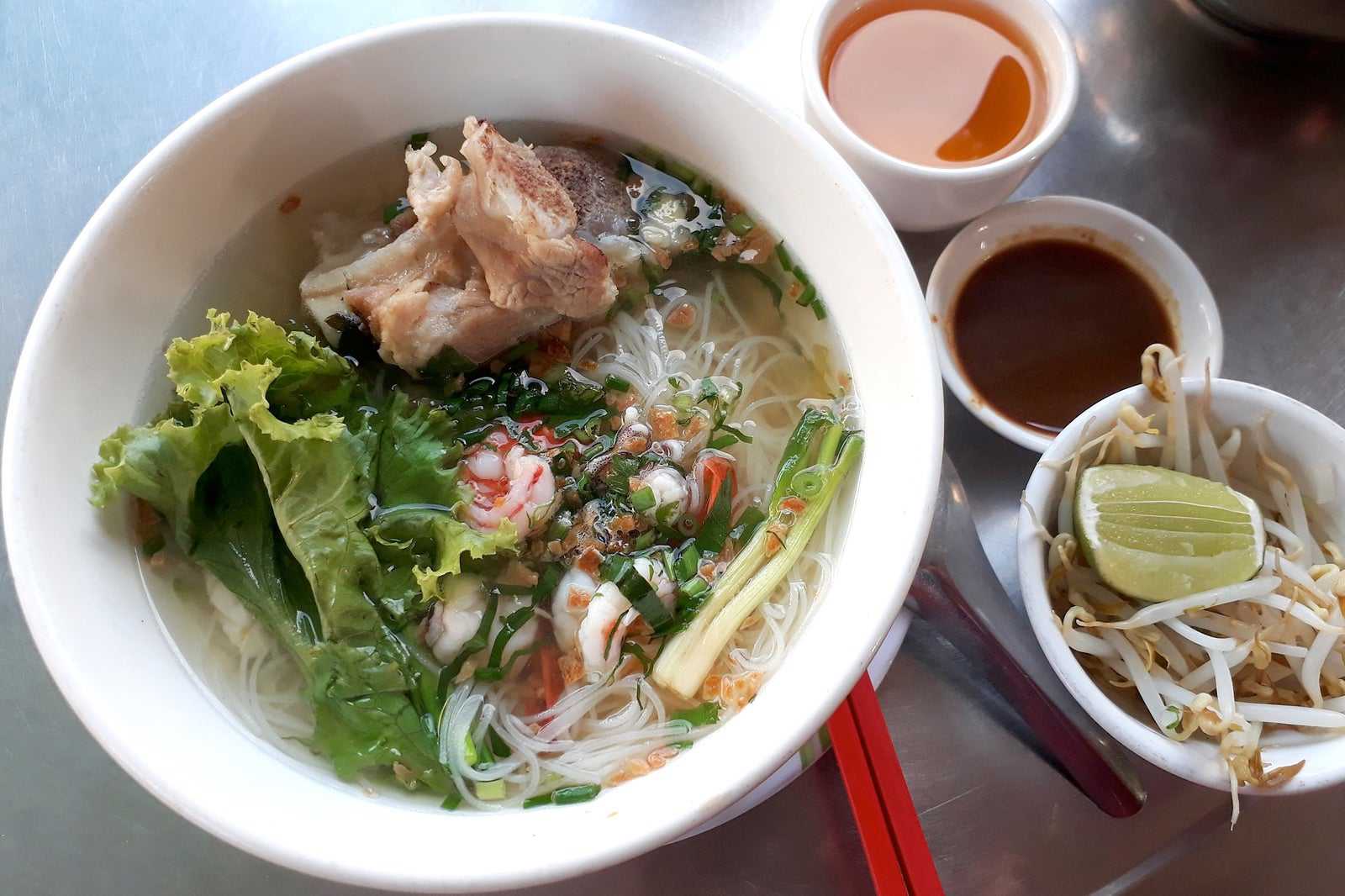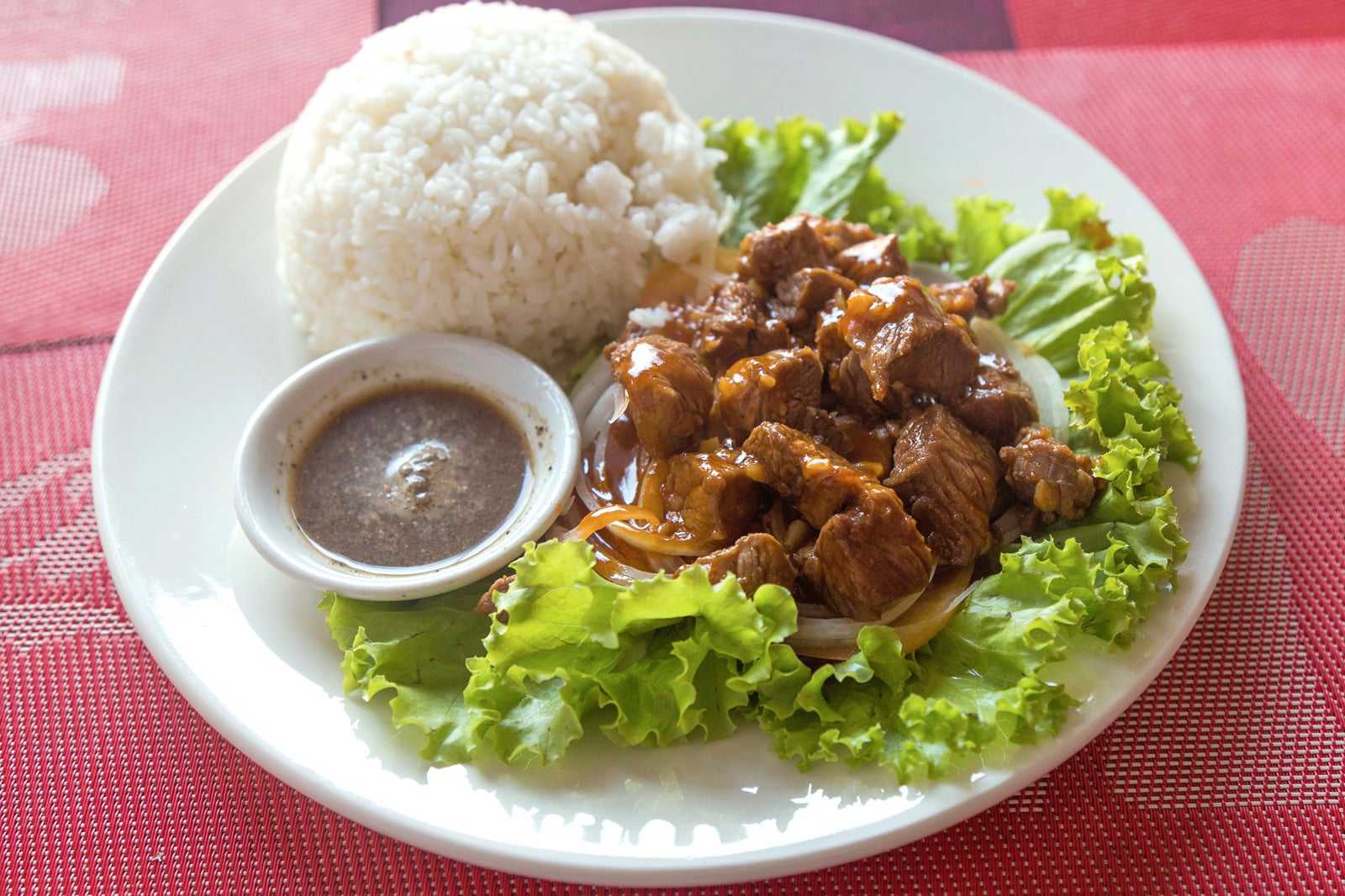Cambodian cuisine is – and should be – a part of your overall experience when visiting the country. A typical Cambodian meal would normally consist of a soup, a salad, a main fish dish, vegetables and rice. A Cambodian dessert, normally based on fresh fruits and sticky rice, complement the meal.
In the Khmer diet, rice and freshwater fish play big roles because of the abundance of both. Cambodia has 2 main sources of natural freshwater, the Mekong River and the Tonle Sap, a huge lake connected to the Mekong. In the monsoon season, the Tonle Sap floods some 16,000 sq km of the country, irrigating rice fields and providing breeding grounds for fish.
- 1
Fish amok (steamed coconut fish in banana leaves)

- Food
In the Khmer diet, rice and freshwater fish play big roles because of the abundance of both. Amok is a national dish, made from fish, coconut milk and curry paste.
All the ingredients are mixed together and put in banana leaf cups with coconut cream on top, then steamed. Another common form is amok chouk – snails with curry steamed in their shells. It's best served with a plate of hot, steamed rice.
Location: Cambodia
- 2
Samlor machu trey (sweet and sour soup with fish)

- Food
Samlor machu trey is a soup that's popular in many households in Cambodia as it’s not only easy to make but also has a lovely taste. Its ingredients include fish, garlic, lemongrass, celery, tamarind juice, bean sprouts, pineapple and seasoning with sugar, fish sauce, and salt.
Many people also add some fresh green herbs and hot chilli pepper on top before serving.
- 3
Char kroeung sach ko (stir-fried lemongrass beef)

- Food
Char kroeung sach ko is a popular Cambodian stir-fried dish that you can find almost throughout the country. After putting the beef in heated oil with garlic, stir fry until the beef becomes tender. Then add vegetables such as red peppers and onion as well as the kroeung mixture.
Kroeung is lemongrass paste which is considered very healthy, made from a variety of Asian herbs such as lemongrass (known to have a benefit in lowering acne), kaffir lime leaves and galangal.
- 4
Twa ko (Cambodian sausage)

- Food
Twa ko is a Cambodian sausage made from beef or pork and various spices. Just like any good homemade sausage, the authentic Khmer sausage contains at least 20-25% fat.
Some prefer to use pork belly as the main ingredient; it definitely serves the purpose well. Twa ko can be enjoyed on its own in barbecued, grilled or pan-fried style or served with steamed rice and fresh vegetables.
- 5
Nom banh chok (Khmer noodles)

- Food
Many locals start their day with nom banh chok, a popular dish known as Khmer noodles in English.
It consists of rice noodles topped with green fish gravy and lots of fresh vegetables including cucumbers, green beans, mint leaves, banana blossom and bean sprouts. It’s very similar to the Thai dish that's known as kanom jeen.
- 6
Bai sach chrouk (grilled pork and broken rice)

- Food
The simple and yummy bai sach chrouk is pork marinated in coconut milk or garlic before being brought to a slow grill. It's then served with broken or fractured rice and a small bowl of clear chicken broth as well as some fresh vegetables.
As part of the street food culture, it is available everywhere especially in busy neighborhoods. It’s so popular that many middle and upper restaurants also include it on their menus. Try it with iced coffee. The pairing can be very satisfying.
Location: Cambodia
- 7
Kuy teav (noodle soup)

- Food
Kuy teav is a noodle soup made from pork or beef stock and rice vermicelli and toppings including bean sprouts and green onions. A variety of meat choices can be added, such as pork, chicken, fish balls and beef as well as seafood.
In some places, it’s served alongside sweet, spicy, garlic sauce and a small slice of fresh lime. This is when the real flavours start. Head to the open-air food stalls at any market; you will find kuy teav shops in no time.
- 8
Lok lak (stir-fried beef in brown sauce)

- Food
Lok Lak is a traditional Khmer dish, which is basically stir-fried beef slices (or pork) in a light brown sauce, and served with rice and/or green salad and pepper sauce. Most restaurants across the county offer this dish but tastes are varied depending on the chefs and regions.
The beef or pork slices must first be marinated before cooking so that they are tastier and juicier.
photo by Marcin Konsek (CC BY-SA 4.0) modified



















